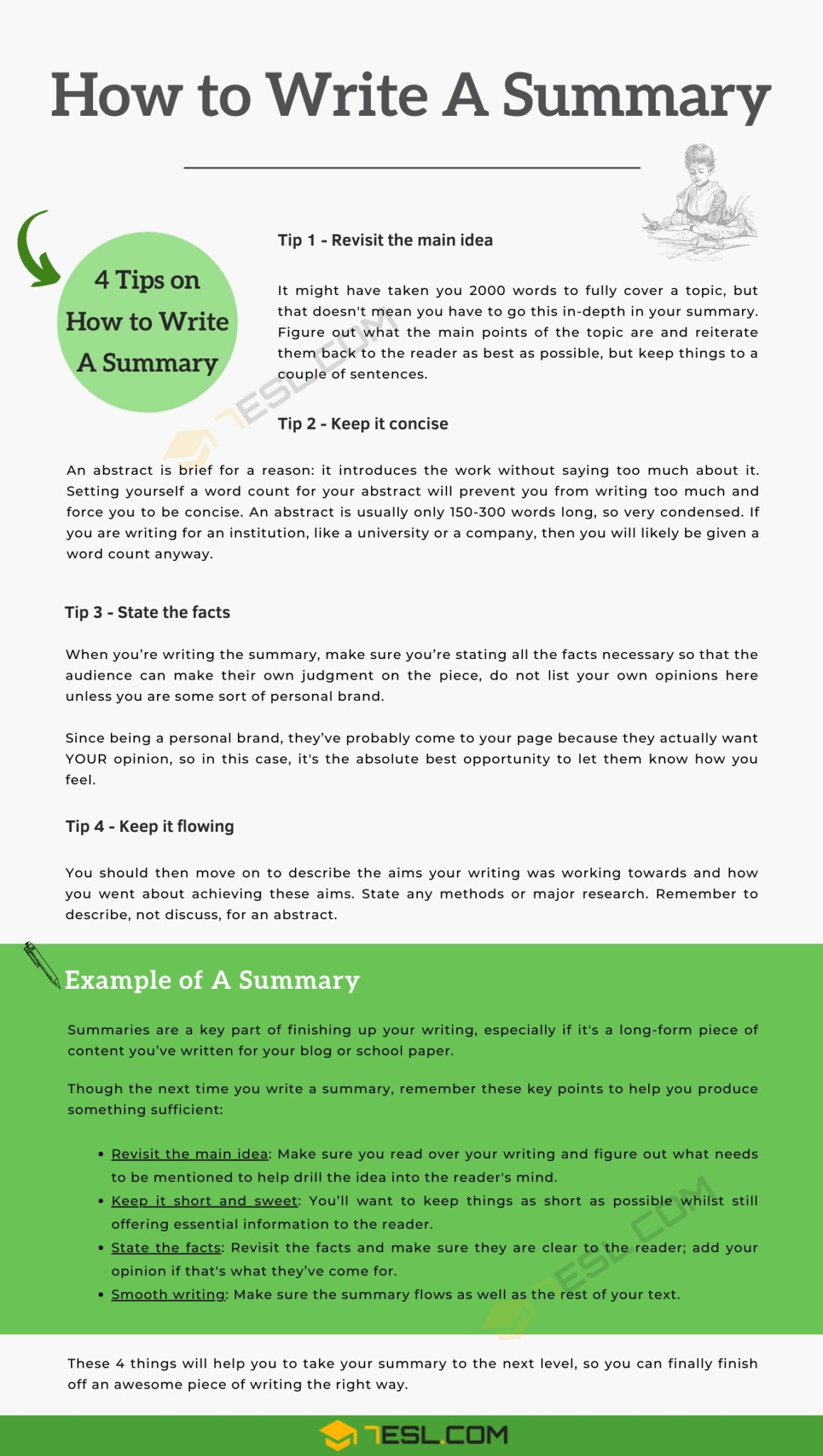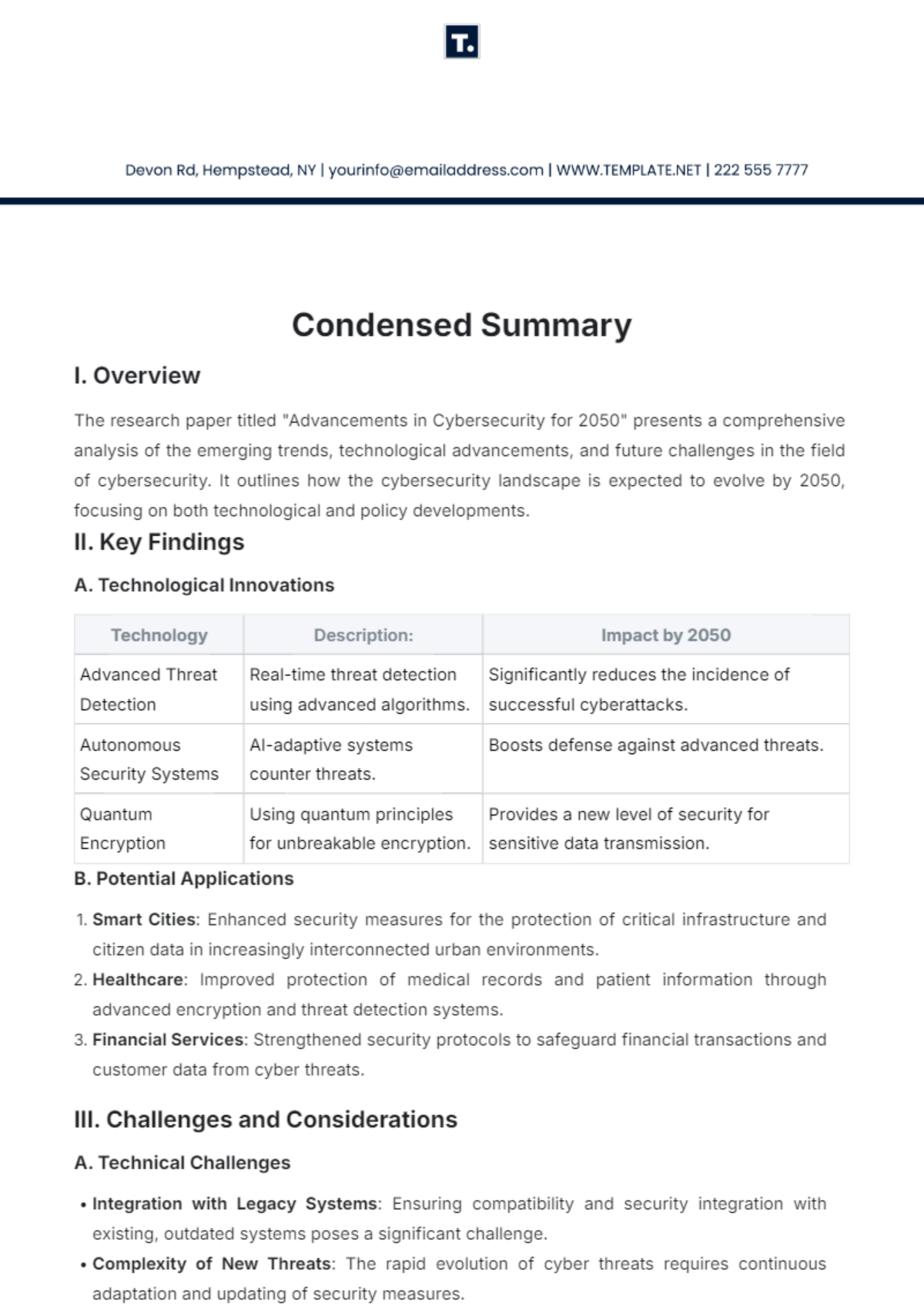Crafting A Detailed Summary: Your Guide To Clear, Concise Communication
Getting a good grip on information, especially when there's so much of it out there, is that a really valuable skill to have. Think about all the articles, books, and reports you come across every single day, you know? It's almost like trying to drink from a firehose sometimes, isn't it? That's where knowing how to make a detailed summary comes into play, a skill that truly helps you sort through what matters most.
A detailed summary, in its simplest form, is basically taking a source’s main points and putting them into your own words. It's more than just a quick glance, actually. This kind of summary gives you a deeper look, making sure you catch all the important bits and supporting ideas, which is pretty useful. It helps you really process what you read, whether it’s a big book or just a short article, so you can remember it better. You know, it’s a way to really make sense of things.
So, throughout this piece, we’re going to explore what a detailed summary involves, giving you some really practical tips and examples. You'll learn how to approach writing one, especially if you have a school task, and get some essential guidance. We’ll also look at how different kinds of detailed summaries work, which is kind of interesting, to help you make your own effective summaries for whatever you need them for. You know, it's a skill that just keeps giving, really.
Table of Contents
- What a Detailed Summary Really Means
- Why Making a Detailed Summary Helps You
- The Five Big Steps for Writing a Detailed Summary
- Smart Advice for Creating Great Detailed Summaries
- Different Kinds of Detailed Summaries You Might See
- Making Your Language Richer for a Detailed Summary
- Frequently Asked Questions About Detailed Summaries
What a Detailed Summary Really Means
When we talk about summarizing, it’s about giving a short overview of a source’s main points, all in your own words, you see. It’s a way to condense information, to make it more manageable. But then, there's a difference between a general summary and what we call a detailed summary, which is actually quite important to understand. A general summary, for example, might just hit the very top ideas, giving you a broad stroke of what's there. It's quick, and it gets the point across in a very basic way, you know, just the bare bones.
A detailed summary, on the other hand, goes a bit further. It includes more supporting details, more of the specific ideas that help explain those main points. It’s not just the big picture; it’s also some of the important smaller pieces that make up that picture. So, while both types are about making things shorter, the detailed version offers a richer, more comprehensive look at the original material, which is really quite useful for deeper understanding. It's almost like zooming in a little bit on the important parts.
The length of any summary, including a detailed one, can vary quite a bit, you know. It really depends on why you’re writing it and what the specific task or assignment asks for. A summary for a quick chat with a friend about a book will probably be much shorter than one you prepare for a college course, for instance. A detailed summary for a research paper, for example, might be several paragraphs long, while one for a brief report could be just a few sentences, so it's very flexible in that way. It’s about fitting the purpose, you see.
Why Making a Detailed Summary Helps You
Writing a summary, especially a detailed one, is actually a fantastic way to process the information you read. It helps you really get your head around what you’ve taken in, whether it’s a long article, a whole book, or even a complex conversation, you know. When you have to pull out the main ideas and put them into your own words, it forces your brain to engage with the material on a deeper level. It’s not just passive reading; it’s an active way of learning, which is quite powerful.
For students, this skill is very, very valuable. If you’re given a summary task in school, the best way to approach it is by really digging into the source material first. You need to understand it thoroughly before you can condense it. This process of creating a detailed summary helps solidify the knowledge in your mind, making it much easier to recall later for tests or discussions. It's almost like building a strong foundation for your learning, which is pretty smart, I think.
Beyond school, this ability to make a detailed summary is also incredibly useful in many parts of life. Imagine needing to explain a complex report to your team, or maybe sharing the key points of a long meeting with someone who couldn't be there. Being able to offer a clear, concise, and detailed summary means you can communicate important information effectively and efficiently. It saves time for everyone, and it ensures that crucial messages are understood, which is really quite a benefit.
The Five Big Steps for Writing a Detailed Summary
So, we know that writing a summary is a helpful skill, and it turns out there are five key steps to doing it well, you know. While we won't go into every single tiny detail of each step here, just knowing that there's a structured approach can make the whole process feel a lot less overwhelming. It’s kind of like having a roadmap for your thoughts, which is pretty reassuring. These steps are designed to guide you from your initial reading right through to your final, polished summary, which is a good thing.
The first part, you see, usually involves really reading and making sure you grasp the original text. You can't summarize something you don't fully understand, can you? Then, there's often a step where you identify the main points and the key supporting ideas. This might mean highlighting or making notes as you go, which is a good strategy. It's about separating the most important stuff from the less important details, you know, so you know what to focus on.
After that, you’d typically move on to drafting your summary in your own words, making sure to avoid just copying phrases directly from the source. This is where your interpretation comes in, which is a big part of it. Then, a step often involves checking for accuracy and completeness, making sure you haven't missed anything vital or misrepresented the original meaning. And finally, there's usually a step for refining and editing your summary, ensuring it flows well and is easy to read, which is very important for clarity. It’s a process, you know, that gets better with practice.
Smart Advice for Creating Great Detailed Summaries
When you're aiming to write a really good detailed summary, a big piece of advice is to focus on being succinct yet informative, you know. It’s a bit of a balancing act. You want to cut out all the extra fluff, but you still need to keep enough information so that someone reading your summary gets a true sense of the original source. It’s not about just making it short; it’s about making it short *and* packed with the right details, which is actually quite a trick.
Using examples can really help you learn how to do this well. If you look at two different summaries, perhaps one that's very general and another that's more detailed, you can start to see the differences in how they present information. This can serve as a great reference, showing you what works and what doesn't, so you can guide your own writing. It’s kind of like learning by seeing, which is often very effective, you know.
Throughout this whole process, remember that the goal is to condense complex texts into something clear and concise. This means thinking about how you can rephrase long sentences, combine related ideas, and remove repetitive information without losing the core message. It’s about being an efficient communicator, really, making every word count. You can learn more about writing skills on our site, and link to this page for more summary techniques, to help you get even better at this.
Different Kinds of Detailed Summaries You Might See
It's interesting to think about how summaries can vary so much, you know, depending on what they're for. While the basic idea of condensing information stays the same, each type of detailed summary often has its own unique elements that make it special. For instance, the authors of some texts might provide a detailed summary of their learning objectives right at the beginning, almost like a preface. This helps readers know exactly what they're going to get out of the material, which is very helpful.
Then there are the kinds of detailed summaries you find for books. You often see things like a "synopsis" which is a detailed summary of the plot and characters. Our text mentions examples like the synopsis of "The Frozen River," "Oliver Twist," or "Solitaire," which often include alternative book covers, character lists, key takeaways, and even spoilers, so you get a full picture. These are designed to give you a really good feel for the book without having to read the whole thing, which is pretty convenient.
You might also come across detailed summaries of non-fiction works, like "The Four Agreements" by Don Miguel Ruiz, as mentioned in the text. These kinds of summaries break down the core philosophies or teachings, giving you a deep understanding of the book's message in a condensed format. And it's not just books, you know. A professional who summarizes might create a concise and comprehensive summary of an article, a post, a conversation, or any passage, making sure it sticks to the main points and is easy to understand. It’s a very versatile skill, you see.
Making Your Language Richer for a Detailed Summary
One way to really make your detailed summaries stand out and improve your writing overall is by expanding your vocabulary, you know. Having a wide range of words at your disposal means you can express ideas more precisely and avoid repetition, which makes your writing more engaging. It's almost like having a bigger toolbox to work with, giving you more options for how you build your sentences and convey your thoughts, which is pretty cool.
Our source text even mentions that you can find 159 synonyms for "detailed summary" alone, which is quite a lot, isn't it? Thinking about words like "comprehensive overview," "thorough synopsis," "in-depth abstract," or "extensive digest" can really help you vary your language. This isn't just about sounding fancy; it’s about choosing the *best* word to convey your specific meaning, making your summary as clear and impactful as it can be. It’s a subtle but powerful way to improve your communication, you see.
So, practicing with synonyms and different ways to phrase things can make a big difference in how your summaries are received. It shows a command of language

How to Write a Summary | 4 Useful Tips for Writing a Summary • 7ESL

19+ Summary Examples to Download

Free Sample Financial Summary Template to Edit Online